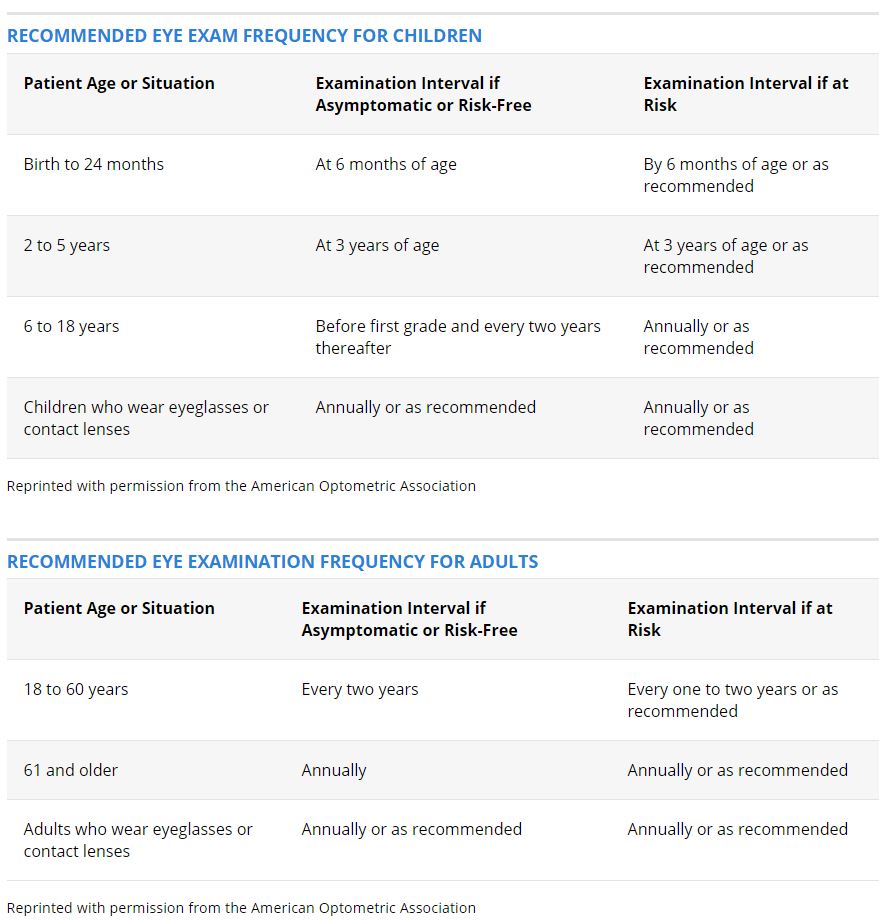Eye is one of the most important sensory organ in our body. In this article, I will explain in details about eye examination.
Eye exam is best to be done through optometrist, given they have the expertise and equipments to do so. The cost of eye exam depends on individual optometrist. If you are Australian citizens or permanent residents, eye examinations provided by optometrist will be subsidised by Medicare. Optometric benefits can be qualified without having private health insurance. Some optometrists bulk billed for eye examination so it is crucial for you to shop around.
A comprehensive eye examination should include at least of the following:
- A review of your personal and family history of eye problems
- Evaluation of your distance and near vision with an eye chart
- Evaulation for the presence of nearsightedness, farsightedness, astigmatism and presbyopia
- Near vision testing to determine if you have presbyopia and need progressive lenses or bifocals
- Evaluation of your eyes' ability to work together as a team
- An eye pressure test and examination of the optic nerve to rule out glaucoma
- Examination of the interior of your eyes to rule out other eye problems, such as cataracts and macular degeneration
Most eye care experts recommend that you have a complete eye exam every 1 to 3 years, depending on your age, risk factors and whether you currently wear corrective lenses.
According to the American Optometric Association, children should have their first eye exam at 6 months of age, another exam at age 3 and again at the start of school. Risk free children should then continue to have their eyes examined every 2 years until age 18. Children with risk factors of vision problems may need more frequent eye exams. Examples of risk factors include:
- History of premature birth or low birth weight
- Infection of mother during pregnancy (eg. rubella, venereal disease, herpes, AIDS)
- Developmental delays
- Turned or crossed eyes (strabismus)
- Family history of eye disease
- High refractive error or anisometropia
- Other physical illness or disease
Children who wear eyeglasses or contact lens should have annual eye exams.
For adults, a comprehensive eye exam every 2 years for adults ages 18 to 60, and annual exams for seniors age 61 and older. Adults with risk factors should have more frequent exams. Risk factors include:
- A family history of eye disease (glaucoma, macular degeneration, etc)
- Diabetes or high blood pressure
- A visually demanding occupation or one that may pose hazards to the eyes
- Taking prescription or non-prescription drugs that may have visual or eye-related side effects
- Previous eye injuries or eye surgery
